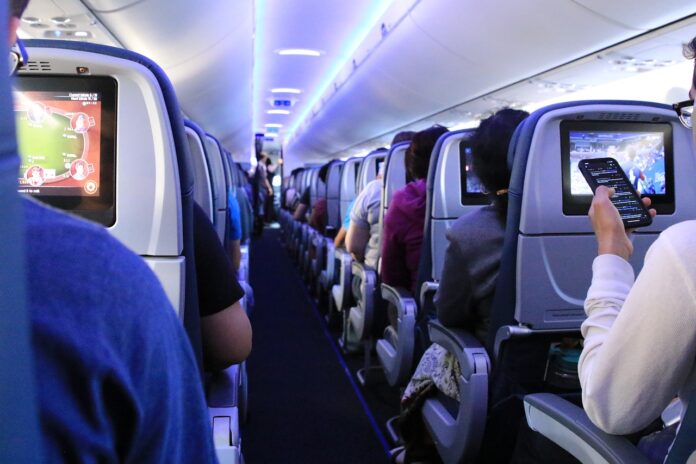A major debate is heating up in the airline industry. Should airlines start charging passengers based on their weight? This idea has become a point of contention, as airlines look for ways to cut down on fuel costs and reduce emissions. With the rise of environmental concerns, many are exploring how changes to pricing structures could help tackle these issues. Weight-based pricing could be one such solution, but it’s sparking strong opinions on both sides. The idea has gained traction, but how do passengers feel about this new pricing method?
In recent years, airlines have already started charging for checked baggage. American Airlines led the charge in 2008, and now, it’s a standard practice. But weight-based pricing is a whole new ball game.
Finnair’s experiment
Finnair is taking a different approach. They recently ran a three-month trial collecting data on passengers’ weight and carry-on luggage. From this, they’ll adjust aircraft loading and balance for flights between 2025 and 2030.
Public reaction: What people think
A study of 1,012 U.S. adults looked into how people feel about different pricing models. The three options were:
- Current system: A standard fare with a luggage limit.
- Weight threshold model: Extra charges for passengers over 160 pounds.
- Body weight model: Pricing based on individual weight.
Results were clear. Lighter passengers favored weight-based pricing, while heavier passengers preferred the current system. Still, nearly half of the heavier respondents said they’d accept change.
Younger travelers, frequent flyers, and wealthier passengers showed more support for weight-based pricing. They argue that it’s fair and could lead to savings for the airline.
The other side: Advocates for plus-size passengers
But not everyone agrees. Plus-size advocate Jaelynn Chaney is leading a push for airlines to accommodate larger passengers. She’s even calling for free extra seats for those who need them. In November, Chaney renewed her efforts to convince U.S. airlines to stop charging plus-size passengers extra for additional seats.
A growing problem: Shrinking seats
Chaney argues that airline seats are getting smaller, making it harder for larger passengers to travel comfortably. She also wants the U.S. to adopt Canada’s “one person, one fare” policy. In Canada, airlines must provide extra seating at no additional cost for passengers needing medical accommodations.
Canada vs. the U.S.: The seat dilemma
In Canada, passengers can apply for accommodations if they’re obese, but they must submit medical documentation, including height, weight, body mass index, and surface measurements.
But in the U.S., there’s no such policy. The Department of Transportation makes it clear: “Airlines are not required to furnish more than one seat per ticket purchased.”
Chaney’s advocacy and petition
Chaney has been vocal about her concerns for years. In June 2023, she launched a petition calling for U.S. airlines to provide free extra seats to larger passengers. So far, nearly 40,000 people have signed the petition. But despite her efforts, airlines have not yet taken action.
It’s not just about the seats. Chaney has also shared her experiences with airport struggles. At Chicago O’Hare, she got stuck in a revolving door. At Seattle-Tacoma International Airport, she claims an employee refused to help her in a wheelchair because of her size.
The debate continues. Some believe airlines should accommodate larger passengers without extra charges. Others think weight-based pricing could help offset rising costs. The public opinion is divided, and the future of airline pricing remains uncertain.




